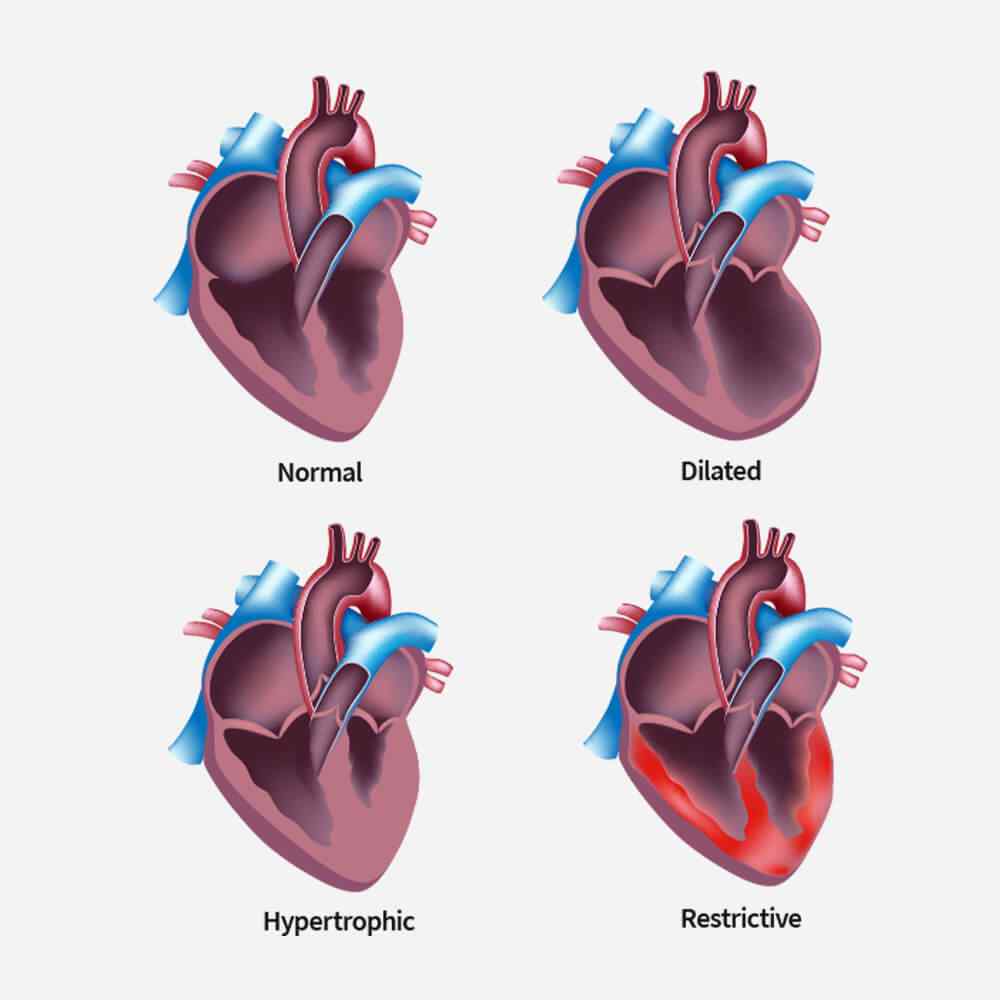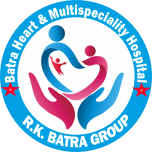ASD Device Closure
ASD Device Closure
ASD (Atrial Septal Defect) device closure is a medical procedure performed to repair an atrial septal defect, which is a congenital heart defect characterized by a hole in the wall (septum) that separates the upper chambers (atria) of the heart. This hole allows blood to flow between the atria, which can lead to various complications.
Here’s an overview of ASD device closure:
- Indications:
- ASD closure is typically recommended for individuals with a significant atrial septal defect. The procedure is considered for patients who may have symptoms or are at risk of developing complications, such as heart failure, pulmonary hypertension, or recurrent respiratory infections.
- Procedure:
- ASD device closure is a minimally invasive procedure that is often performed in a cardiac catheterization laboratory. During the procedure:
- A catheter (a thin, flexible tube) is inserted into a blood vessel, usually in the groin, and threaded up to the heart.
- The catheter carries a closure device, which is often a septal occluder—a specialized device designed to close the hole in the atrial septum.
- The closure device is positioned over the defect, and once properly placed, it is released to secure the hole.
- ASD device closure is a minimally invasive procedure that is often performed in a cardiac catheterization laboratory. During the procedure:
3. Closure Device:
-
- The closure device remains in the heart permanently. Over time, the body’s tissues grow over the device, effectively sealing the hole in the atrial septum.
4. Recovery:
-
- ASD device closure is a less invasive alternative to traditional open-heart surgery. As a result, the recovery time is generally shorter, and patients often experience less postoperative discomfort.
5. Follow-Up:
-
- After the procedure, patients typically undergo follow-up appointments to monitor their progress and ensure that the closure device is functioning as intended. Follow-up may involve echocardiograms and other diagnostic tests.
6. Benefits:
-
- Closing the atrial septal defect helps prevent the abnormal flow of blood between the atria, reducing the risk of complications and improving the overall function of the heart.
ASD device closure is a well-established and effective treatment option for many individuals with atrial septal defects. The specific approach and device used may vary based on the patient’s anatomy, age, and other factors. The decision to undergo ASD device closure is made after a thorough evaluation by a cardiac specialist who considers the individual’s overall health and the characteristics of the atrial septal defect.
Approach
For everyday care or life-changing care you can count on our doctors.
Experts
You can count on us to keep you and your loved ones safe and healthy.
Technology
Cardiac rehabilitation (CR) can slow or reverse the nurse progression.
Facilities
We use a team approach to providing health care, and involve the patient.


ASD Device Closure
It seems like you may be referring to a scenario where there are restrictions or limitations related to coronary angioplasty. If you have specific details or concerns in mind, please provide more information so I can offer a more accurate response.
Coronary angioplasty, or percutaneous coronary intervention (PCI), involves dilating narrowed coronary arteries. A catheter with a deflated balloon is advanced to the blockage site. Upon reaching the narrowed segment, the balloon is inflated, compressing the plaque and widening the artery. This dilation restores blood flow, relieving symptoms and improving overall cardiac function.
Coronary angioplasty is a procedure primarily used to address coronary artery blockages. However, for hypertrophic conditions like hypertrophic cardiomyopathy (HCM), angioplasty may not be the first-line treatment. HCM involves thickening of the heart muscle and is typically managed through medications, lifestyle changes, or in severe cases, surgery. Angioplasty isn’t a standard approach for hypertrophic conditions. Always consult with a healthcare professional for personalized advice.
Coronary angioplasty primarily addresses blockages in coronary arteries supplying blood to the heart muscle. It isn’t typically performed in the right ventricle, which is a chamber of the heart responsible for pumping blood to the lungs. Procedures involving the right ventricle, such as right heart catheterization, differ and are usually conducted for specific diagnostic purposes or conditions affecting that particular heart chamber. Always consult with a healthcare professional for personalized medical advice.
Related TreatmentASD Device Closure
ASD Device Closure is a specialized intervention for Atrial Septal Defect (ASD), a congenital heart condition characterized by a hole in the atrial septum. This minimally invasive procedure involves the placement of a closure device to seal the hole, preventing abnormal blood flow between the atria
